Artist:
Lee Morgan
Title:
The Complete Recordings: 1956-1962
Year Of Release:
2014
Label:
Playtime
Genre:
Jazz
Quality:
FLAC (tracks)
Total Time: 9:49:07
Total Size: 3.53 GB
WebSite:
Album Preview
Tracklist:01. Roccus
02. Reggie of Chester
03. Lady
04. Little T
05. Gaza Strip
06. Stand By
07. Hank's Shout
08. Nostalgia
09. Bet
10. Softly, As in a Morning Sunrise
11. P.S I Love You
12. Easy Living (1956)
13. That's All
14. Whisper Not
15. Latin Hangover
16. His Sister
17. Slightly Hep
18. Where Am I
19. D's Fink
20. Hasaan's Dream
21. Domingo
22. I Remember Clifford
23. Mesabi Chant
24. Tip Toeing
25. City Lights
26. Tempo De Waltz
27. You're Mine You
28. Just by Myself
29. Kin Folks
30. Touch and Go
31. Double Whammy
32. Barrel of Funk
33. Mobleymania
34. A Night in Tunisia (1958)
35. Heavy Dipper
36. Just One of Those Things
37. Lover Man
38. New-Ma
39. Candy
40. Since I Fell for You
41. C.T.A.
42. All the Way
43. Who Do You Love, I Hope
44. Personality
45. All at Once You Love Her
46. High and Flighty
47. Speak Low
48. Peckin' Time
49. Stretchin' Out
50. Git-Go Blues
51. Terrible "T"
52. Mogie
53. I'm a Fool to Want You
54. Running Brook
55. Off Spring
56. Bess
57. Seeds of Sin
58. Scourn'
59. Fat Lady
60. Peaches and Cream
61. That's Right
62. These Are Soulful Days
63. The Lion and the Wolf
64. Midtown Blues
65. Nakatini Suite
66. Expoobident
67. Easy Living (1960)
68. Fire
69. Just in Time
70. Lost & Found
71. The Hearing
72. A Night in Tunisia (1961) [Live]
73. Bouncing with Bud (Live)
74. Dance of the Infidels (Live)
75. The Midget (Live)
76. A Waltz for Fran
77. Lee-Sure Time
78. Little Spain
79. Raggedy Ann
80. Second's Best
81. Take Twelve
82. A Bid for Sid
83. Minor Strain
84. Suspended Sentence
A cornerstone of the Blue Note label roster prior to his tragic demise, Lee Morgan was one of hard bop's greatest trumpeters, and indeed one of the finest of the '60s. An all-around master of his instrument modeled after Clifford Brown, Morgan boasted an effortless, virtuosic technique and a full, supple, muscular tone that was just as powerful in the high register. His playing was always emotionally charged, regardless of the specific mood: cocky and exuberant on up-tempo groovers, blistering on bop-oriented technical showcases, sweet and sensitive on ballads. In his early days as a teen prodigy, Morgan was a busy soloist with a taste for long, graceful lines, and honed his personal style while serving an apprenticeship in Art Blakey's Jazz Messengers. As his original compositions began to take in elements of blues and R&B, he made greater use of space and developed an infectiously funky rhythmic sense. He also found ways to mimic human vocal inflections by stuttering, slurring his articulations, and employing half-valved sound effects. Toward the end of his career, Morgan was increasingly moving into modal music and free bop, hinting at the avant-garde but remaining grounded in tradition. He had already overcome a severe drug addiction, but sadly, he would not live to continue his musical growth; he was shot to death by his common-law wife in 1972.
Blue TrainEdward Lee Morgan was born in Philadelphia on July 10, 1938. He grew up a jazz lover, and his sister apparently gave him his first trumpet at age 14. He took private lessons, developing rapidly, and continued his studies at Mastbaum High School. By the time he was 15, he was already performing professionally on the weekends, co-leading a group with bassist Spanky DeBrest. Morgan also participated in weekly workshops that gave him the chance to meet the likes of Miles Davis, Dizzy Gillespie, and his idol Clifford Brown. After graduating from high school in 1956, Morgan -- along with DeBrest -- got the chance to perform with Art Blakey's Jazz Messengers when they swung through Philadelphia. Not long after, Dizzy Gillespie hired Morgan to replace Joe Gordon in his big band, and afforded the talented youngster plenty of opportunities to solo, often spotlighting him on the Gillespie signature piece "A Night in Tunisia." Clifford Brown's death in a car crash in June 1956 sparked a search for his heir apparent, and the precocious Morgan seemed a likely candidate to many; accordingly, he soon found himself in great demand as a recording artist. His first session as a leader was cut for Blue Note in November 1956, and over the next few months he recorded for Savoy and Specialty as well, often working closely with Hank Mobley or Benny Golson. Later in 1957, he performed as a sideman on John Coltrane's classic Blue Train, as well as with Jimmy Smith.
CandyMorgan's early sessions showed him to be a gifted technician who had his influences down pat, but subsequent dates found him coming into his own as a distinctive, original stylist. That was most apparent on the Blue Note classic Candy, a warm standards album completed in 1958 and released to great acclaim. Still only 19, Morgan's playing was still imbued with youthful enthusiasm, but he was also synthesizing his influences into an original sound of his own. Also in 1958, Gillespie's big band broke up, and Morgan soon joined the third version of Art Blakey's Jazz Messengers, which debuted on the classic Moanin' album later that year. As a leader, Morgan recorded a pair of albums for Vee Jay in 1960, Here's Lee Morgan and Expoobident, and cut another for Blue Note that year, Leeway, with backing by many of the Jazz Messengers. None managed to measure up to Candy, and Morgan, grappling with heroin addiction, wound up leaving the Jazz Messengers in 1961. He returned to his hometown of Philadelphia to kick the habit, and spent most of the next two years away from music, working occasionally with saxophonist Jimmy Heath on a local basis. His replacement in the Jazz Messengers was Freddie Hubbard, who would also become one of the top hard bop trumpeters of the '60s.
EvolutionMorgan returned to New York in late 1963, and recorded with Blue Note avant-gardist Grachan Moncur on the trombonist's debut Evolution. He then recorded a comeback LP for Blue Note called The Sidewinder, prominently featuring the up-and-coming Joe Henderson. The Morgan-composed title track was a funky, danceable groover that drew from soul-jazz, Latin boogaloo, blues, and R&B in addition to Morgan's trademark hard bop. It was rather unlike anything else he'd cut, and it became a left-field hit in 1964; edited down to a 45 rpm single, it inched onto the lower reaches of the pop charts, and was licensed for use in a high-profile automobile ad campaign. Its success helped push The Sidewinder into the Top 25 of the pop LP charts, and the Top Ten on the R&B listing. Sales were brisk enough to revive the financially struggling Blue Note label, and likely kept it from bankruptcy; it also led to numerous "Sidewinder"-style grooves popping up on other Blue Note artists' albums. By the time "The Sidewinder" became a phenomenon, Morgan had rejoined the Jazz Messengers, where he would remain until 1965; there he solidified a long-standing partnership with saxophonist Wayne Shorter.
Search for the New LandMorgan followed the most crucial recording of his career with the excellent, more abstract Search for the New Land, which was cut in early 1964, before "The Sidewinder" hit. An advanced modal bop session called Tom Cat was also recorded shortly thereafter, but both were shelved in hopes of scoring another "Sidewinder." Accordingly, Morgan re-entered the studio in early 1965 to cut The Rumproller, whose Andrew Hill-penned title cut worked territory that was highly similar to Morgan's breakout hit. Commercial lightning didn't strike twice, but Morgan continued to record prolifically through 1965, cutting excellent sessions like The Gigolo, Cornbread, and the unissued Infinity. The Gigolo introduced one of Morgan's best-known originals, the bluesy "Speedball," while the classic Cornbread featured his ballad masterpiece "Ceora." Search for the New Land was finally issued in 1966, and it achieved highly respectable sales, reaching the Top 20 of the R&B album charts; both Cornbread and The Gigolo would sell well among jazz audiences when they were released in 1967 and 1968, respectively.
DelightfuleeBy the time Morgan completed those albums, he had left the Jazz Messengers to begin leading his own groups outside the studio. He was also appearing frequently as a sideman on other Blue Note releases, working most often with tenorman Hank Mobley. Morgan was extraordinarily prolific over 1966-1968, cutting around eight albums' worth of material (though not all of it was released at the time). Highlights included Delightfulee, The Procrastinator, and the decent-selling Caramba!, which nearly made the Top 40 of the R&B album chart. His compositions were increasingly modal and free-form, stretching the boundaries of hard bop; however, his funkier instincts were still evident as well, shifting gradually from boogaloo to early electrified fusion. Morgan's recording pace tailed off at the end of the '60s, but he continued to tour with a regular working group that prominently featured saxophonist Bennie Maupin. This band's lengthy modal explorations were documented on the double LP Live at the Lighthouse, recorded in Los Angeles in July 1970; it was later reissued as a three-CD set with a generous amount of extra material.
Morgan led what turned out to be the last session of his life in September 1971. On February 19, 1972, Morgan was performing at the New York club Slug's when he was shot and killed by his common-law wife, Helen More. Accounts of exactly what happened vary; whether they argued over drugs or Morgan's fidelity, whether she shot him outside the club or up on the bandstand in front of the audience, jazz lost a major talent. Despite his extensive recorded legacy, Morgan was only 33 years old. Many of his unreleased Blue Note sessions began to appear in the early '80s, and his critical standing has hardly diminished a whit. ~ Steve Huey
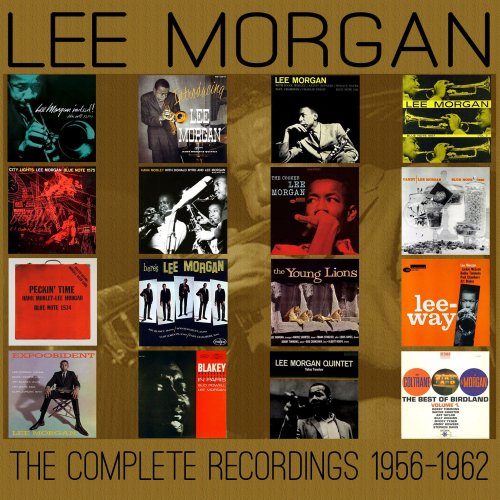



![George Trebar and Nighthawks - Pages and Frames (2025) [Hi-Res] George Trebar and Nighthawks - Pages and Frames (2025) [Hi-Res]](https://www.dibpic.com/uploads/posts/2025-11/1764091653_folder.jpg)
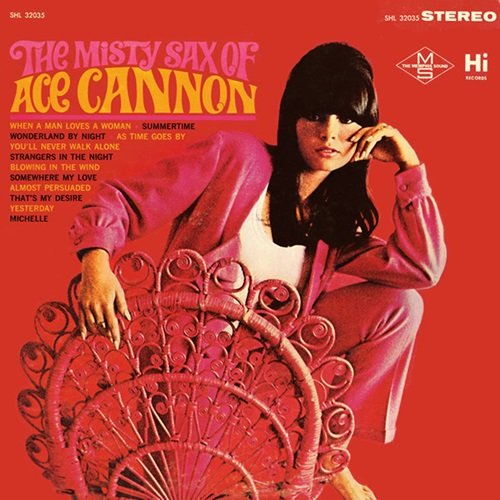

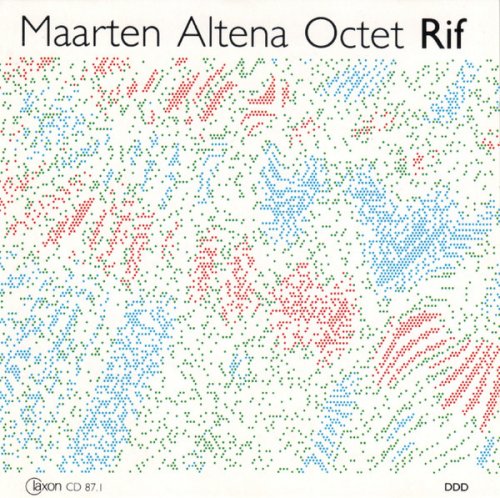
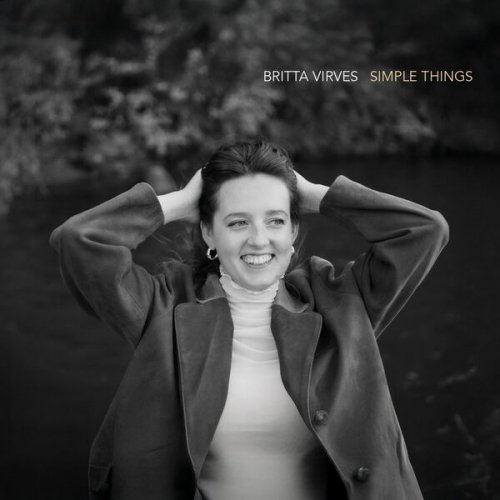
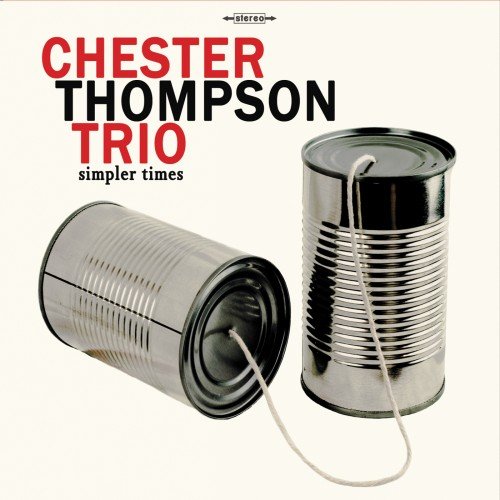
![Anna Nalick, Macy Gray, City Of The Sun, Meiko - Chesky's Best of the 2010s (2020) [Hi-Res] Anna Nalick, Macy Gray, City Of The Sun, Meiko - Chesky's Best of the 2010s (2020) [Hi-Res]](https://www.dibpic.com/uploads/posts/2025-11/1764065206_yvm2mdlz7f8hm04o3j528l0gb.jpg)